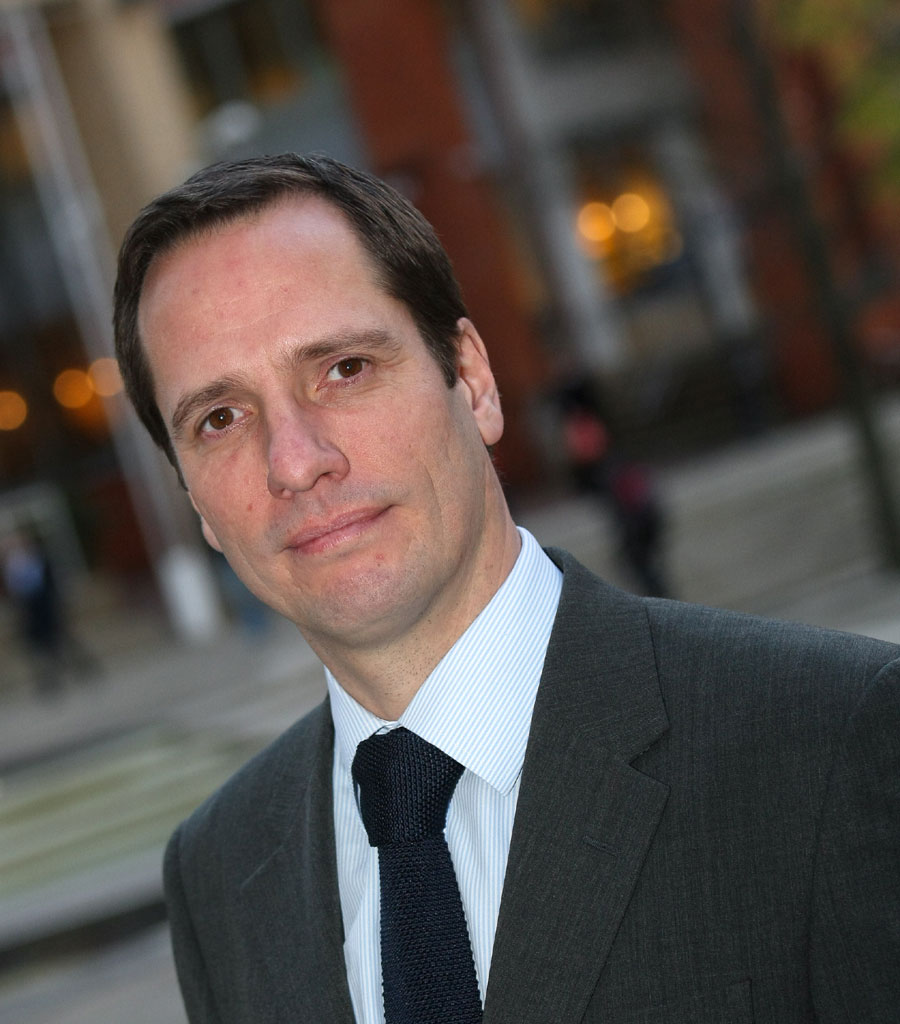A new empty property rate relief scheme for newly-built commercial buildings is now available. According to Local Government Minister Brandon Lewis, the scheme is set to restore confidence in the commercial sector.
However, following the recent announcement of the scheme’s working mechanism, GVA says that the industry remains unimpressed.
The rates relief scheme covers all commercial properties completed between 1 October 2013 and 30 September 2016 with a maximum vacant relief period of 18 months.
Graham Knight, Director at GVA said: “It is the EEC state aid limits which make the scheme fairly unattractive for larger new builds. No development company can receive more than the equivalent of 200,000 euros (£170,000) in relief for a new build, the government defining new build as more than 50% new.
“This relief, therefore, will only be of any significance for the smallest developments, leaving only those with a rateable value of less than £120,000 in a position to gain full relief. To put that into context, that’s the equivalent of a circa 25,000 sq ft industrial unit (at £5/sq ft) or a 6,000 sq ft office (at £20/sq ft). Anything larger than this and the relevance of the relief begins to diminish. For substantial city centre office developments, this would be so inconsequential as to not factor into the decision-making process.
“Additionally, the scheme only relates to new structures and does not cover extensive landlord fit-outs on older properties and fails to address the high number of existing commercial properties that are sitting vacant, a phenomenon that is particularly visible on the high street.
The scheme is worth an estimated £150 million and is intended to benefit over 11,000 new commercial properties including factories, offices and warehouses.
But Graham believes that the largest opportunity that has been missed by the Government comes from the delayed rates review. He said:
“The overarching issue with the system is that a property’s rateable value is calculated using rental values last set on 1st April 2008. As the rental values of properties have fallen over the intervening period, rateable values have remained frozen, creating a broadening gulf between these two figures.
“A revaluation – which would have gone a long way to redressing the balance – was originally planned for 2015, but has bafflingly now been postponed for a further two years, meaning that there will be no opportunity to rectify this gross imbalance until 2017.
“Rates are also indexed against inflation, creating a continual year-on-year increase that further adds to the burden. For instance, April’s 2.6 per cent inflation-linked increase now means that rates have increased by a massive 13 per cent over just three years. I’m not sure that, given the recent economic upheaval, this figure could be matched by a similar rise in businesses’ profits.”



















